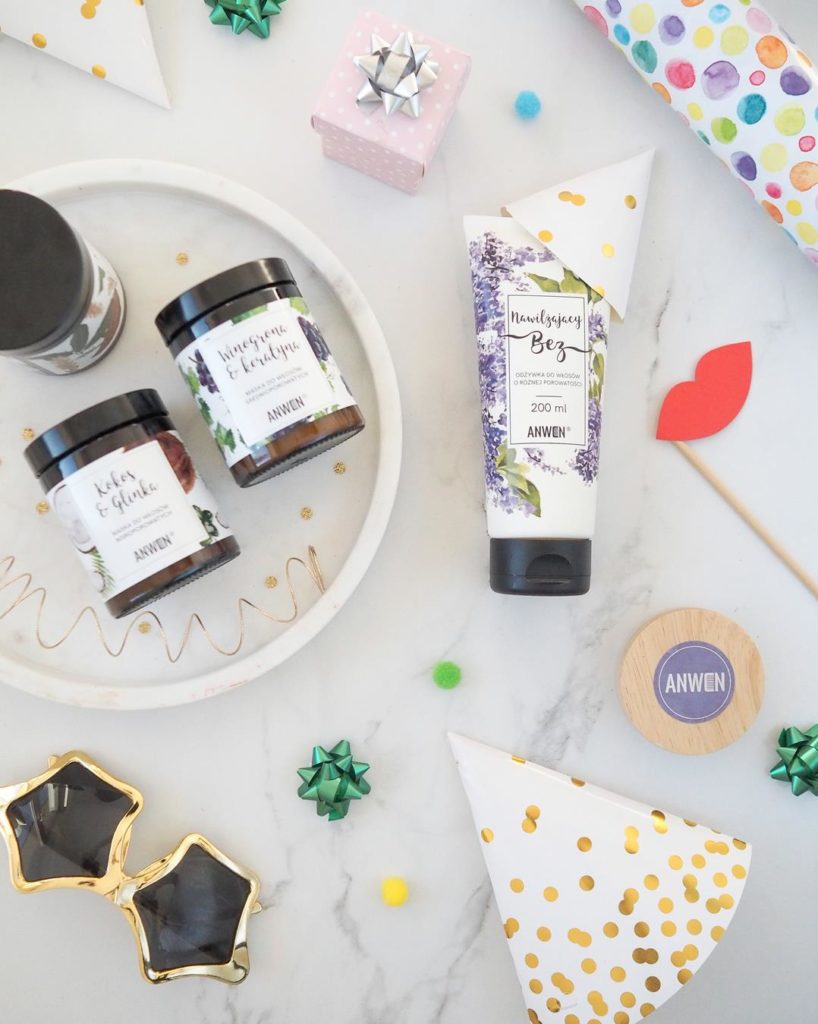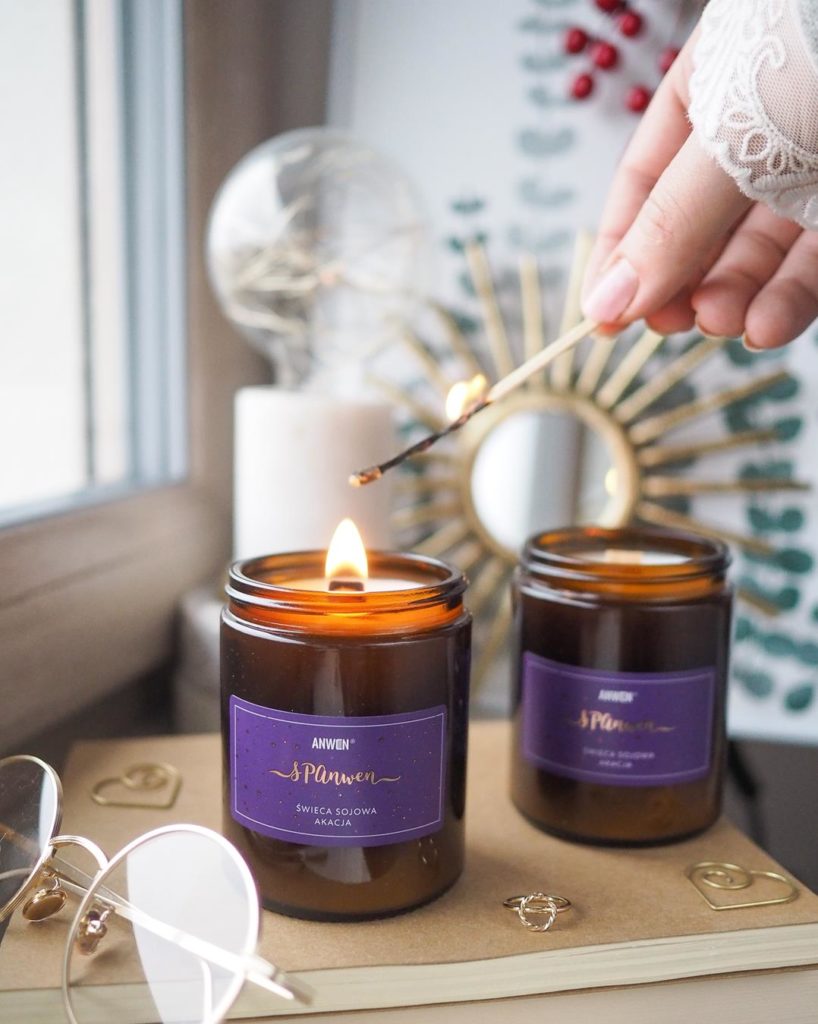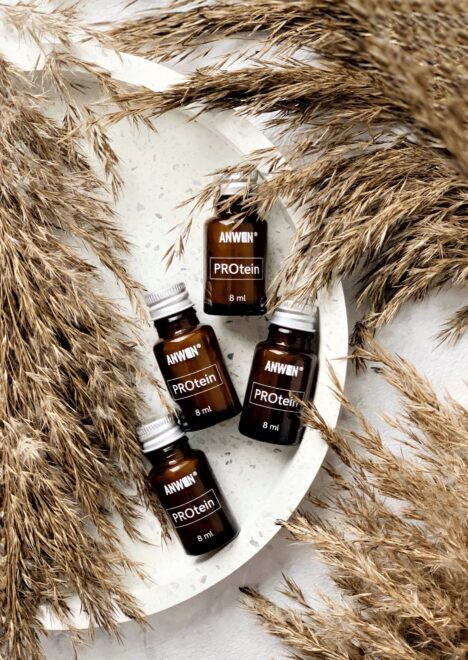Glass packaging is becoming more and more popular in the cosmetics market, including hair care products. Recently glass packagings were associated exclusively with luxury, premium brands. Nowadays, most cosmetics brands have glass packagings in their offer. What is the reason for the everyday use of glass packages for cosmetics? Is it marketing behind or the growing awareness of both producers and customers?
Is glass the perfect packaging material?
Let’s face it. No. It’s not perfect. But there is no point in looking for perfection. However, it is worth keeping in mind the properties of glass packaging. It may be a better solution than other materials, which does not mean that it is perfect. You can read more on glass characteristics here: [1], [2], and here [3].
Just like plastic or aluminum packaging, glass has numerous disadvantages but also many advantages. It is worth remembering that. Before moving on to the benefits, let’s concentrate on the weaknesses. However, in the case of glass packages used in cosmetics, there are not so many of them. First of all, we can include the fragility of the glass and the relatively high weight of the glass packages, which affects the problems with their transportation.
The primary disadvantage of glass packagings is their fragility and brittleness, which make them difficult to transport. This problem concerns mostly producers and distributors of cosmetics products packed in glass. But all those who care for environmental protection must be aware that although the glass itself is – let say – “eco-friendly” material, the system of securing glass packagings for transport and the transport itself are not necessarily so. The protection of glass packagings requires additional materials, such as a plastic wrap or even more ecological paper.
But still. There is also the issue of transport. Compared to plastic or aluminum, glass packagings have greater weight. They also need the proper wrapping to prevent glass damage. All in all, it increases the number of transportation units and thus higher pollution emission. What hinders the possibility of recycling glass packaging used in cosmetics are various seals, pumps, or diffusers made of plastics, metals, or mixed materials. Their presence is essential, especially in cosmetics requiring restriction of air access (airless closures).


And what are the advantages of glass packaging?
Well, let’s start with aesthetics, which are extremely important for the beauty industry. We cannot deny that everyone wants to have a fine-looking cosmetic, which pleases the eye, makes the treatment process more pleasant, and just delights. That’s what glass packaging is. Solid, elegant, shiny, or matt, even in minimalistic forms and shapes, they are decorative items.
The essential advantages of glass packagings are their protective properties. They provide a perfect barrier against external (biological) factors and, depending on the packaging color, against UV radiation [3]. Of course, this relates to the product until opening. Glass packaging provides excellent cosmetic protection after opening, but with the proper use of the product (e.g., by using a clean spatula). In addition, glass does not react with substances in cosmetics, which may happen in plastic packaging. This risk may occur in the case of scented products.
What about the environment? Do we take care of it by using glass packages?
Yes and no, as stated Przemek Poszwa on his blog eko-logicznie.com. We recommend his post “About disposability of glass packaging, in other words, glass recycling in practice“. The author exhaustively presents the topic of the recyclability of glass packaging.
The possibility of the “infinite recyclability of glass” is not so obvious. The main questions are: How is glass collected? How is it processed? And what are the requirements for the “purity” of reused glass? In Europe, about 75-76% of glass packaging is recycled [3], with significant differences between countries. For example, the leader is Sweden that recycles 97% of glass packaging. The lowest recycling rates are reported by Greece (36%), Hungary (34%), and Malta (30%). Poland is about halfway and, according to FEVE data, in 2017, recycled 62% of glass packaging [3]. The possibilities of recycling, even a theoretically excellent raw material, depend, among others, on the glass collection, the quality of sorting, and technological solutions that allow for processing.
Glass packaging in Anwen!
We decided to introduce glass packaging in Anwen, despite being aware of numerous problems related to the protection of glass packaging during transport. So far, our masks (link), oils, and candles are available in glass. We use brown, minimalist jars that provide excellent barrier properties. The jars have been selected to allow the product easy to extract. The solid, durable packaging is reusable. We took care to provide lids that, although made of plastic, are durable and can be reused. We hope that they will gain many fans.



Anwen Team
Sources:
[1] Glass vs. Plastic – What’s the more climate-friendly packaging material?, https://ecochain.com/story/case-study-packaging-plastic-vs-glass/ (10.04.2021).
[2] P. Poszwa, 2020, O jednorazowości opakowań szklanych, czyli recykling szkła w praktyce, Ekologicznie.com, https://eko-logicznie.com/fakty-i-mity/o-jednorazowosci-opakowan-szklanych-czyli-recykling-szkla-w-praktyce/ (10.04.2021).
[3] P. Kardaś, 2020, Opakowania szklane, In M. Dednarczyk et al. (eds). Środowiskowe aspekty projektowania opakowań, Krajowa Izba Gospodarcza, Warszawa; https://kig.pl/wp-content/uploads/2020/08/EKO_PROJEKTOWANIE.pdf (10.04.2021).

